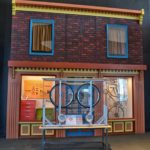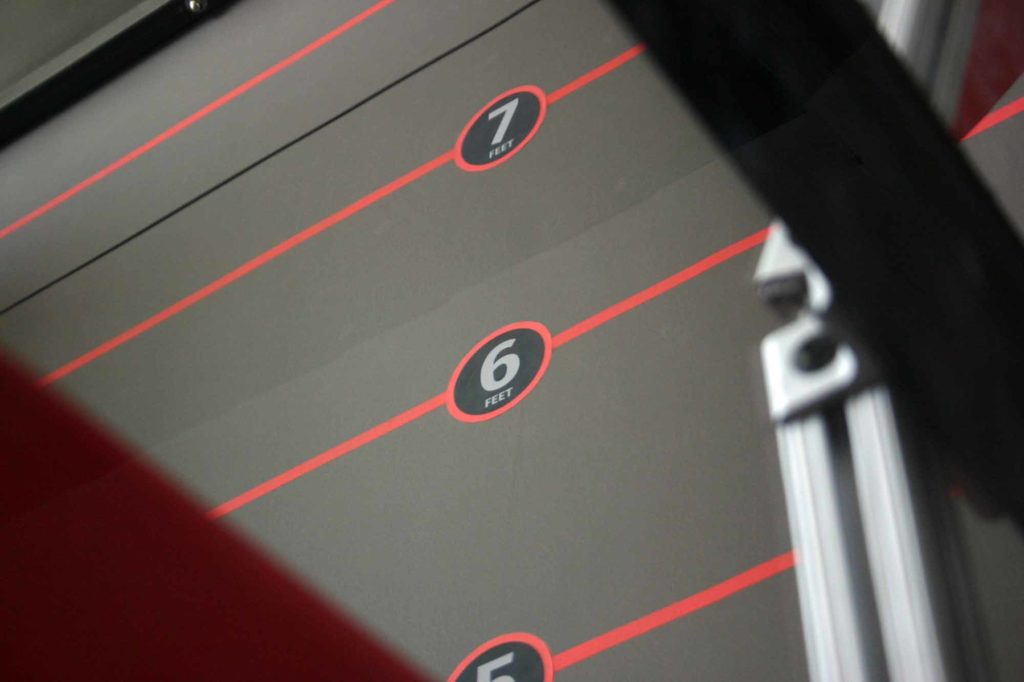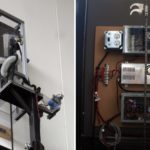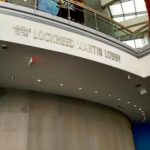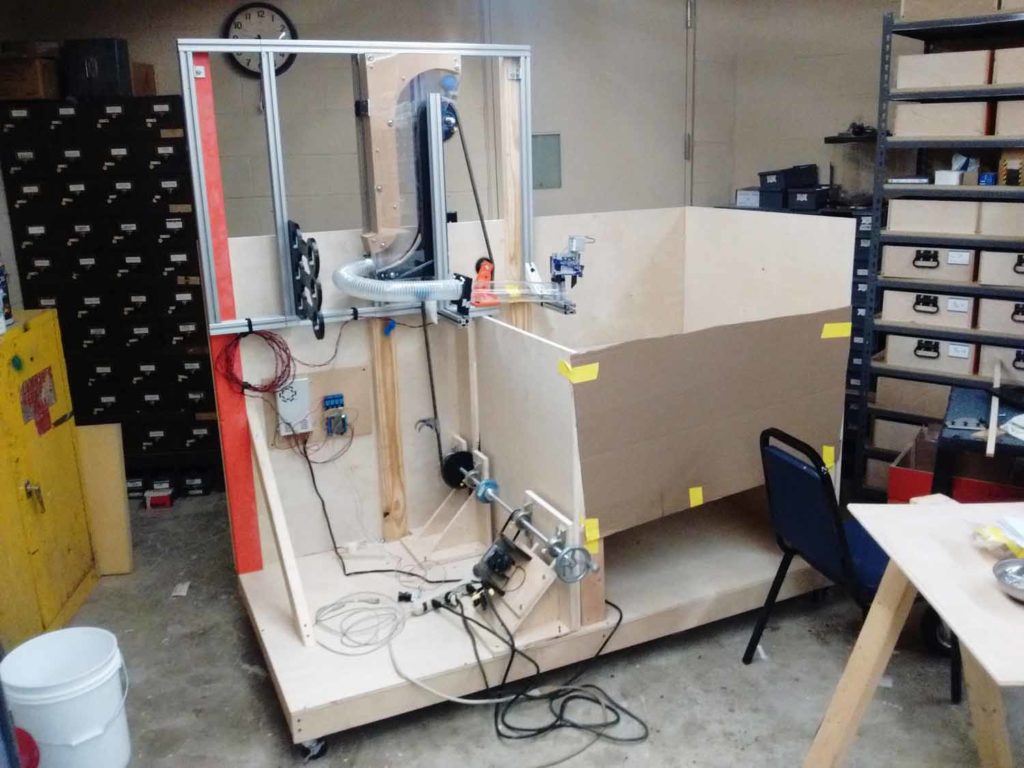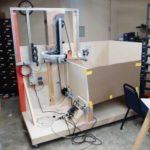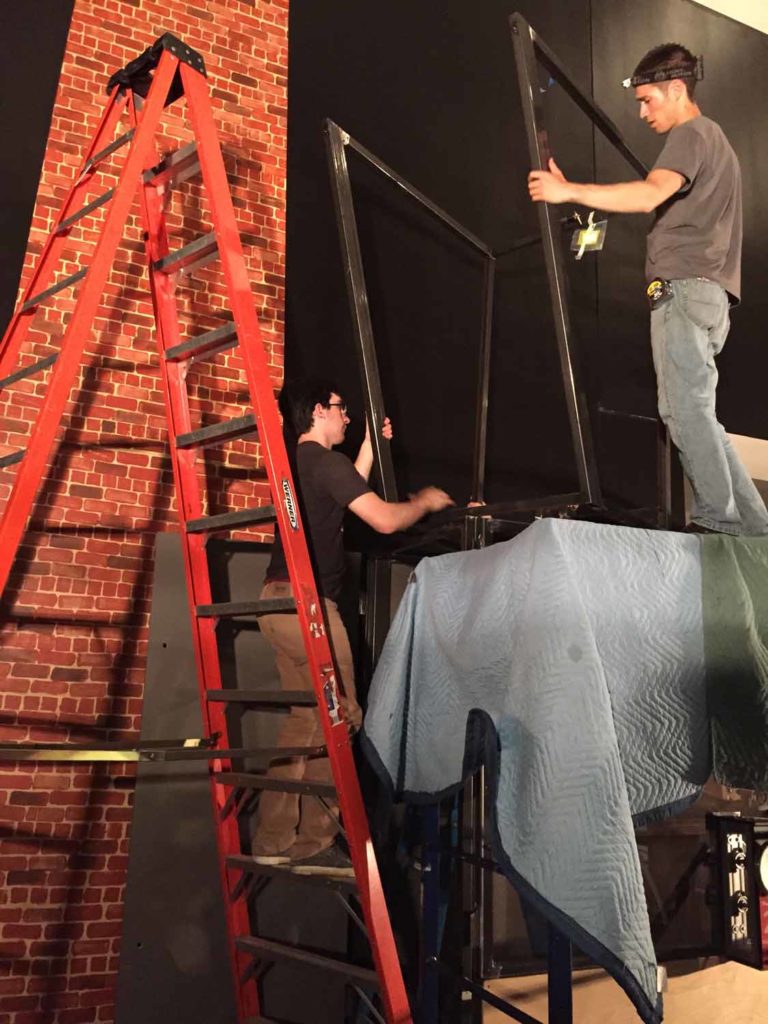Starting in 2018, I worked with Wes Aycock, James Clark, and the rest of the AEDAN design-build crew to create finely crafted landscapes and structures. As of May 2024, I’m moving on to other adventures, and supporting AEDAN on an as-needed basis.
I served as Lead Designer on the following projects, coordinating the design processes and executing most of the design work from Pre-Design through Construction Documents and Construction Admin. Thanks to the owners and build crew for making the magic happen!














Lead Designer: Steven Valenziano
Art Direction & Oversight: Wes Aycock and James Clark (owners of AEDAN Workshop)
Build crew: Scott Dempsey, Jeff Silvius, Carl McCracken, Joe Burns, Tazdyn Sargent
Consultants: Andy Terrell of Lysaght and Associates, Alan Parker of Goliath Tech, Chris Wolfe of Bryant Durham



























